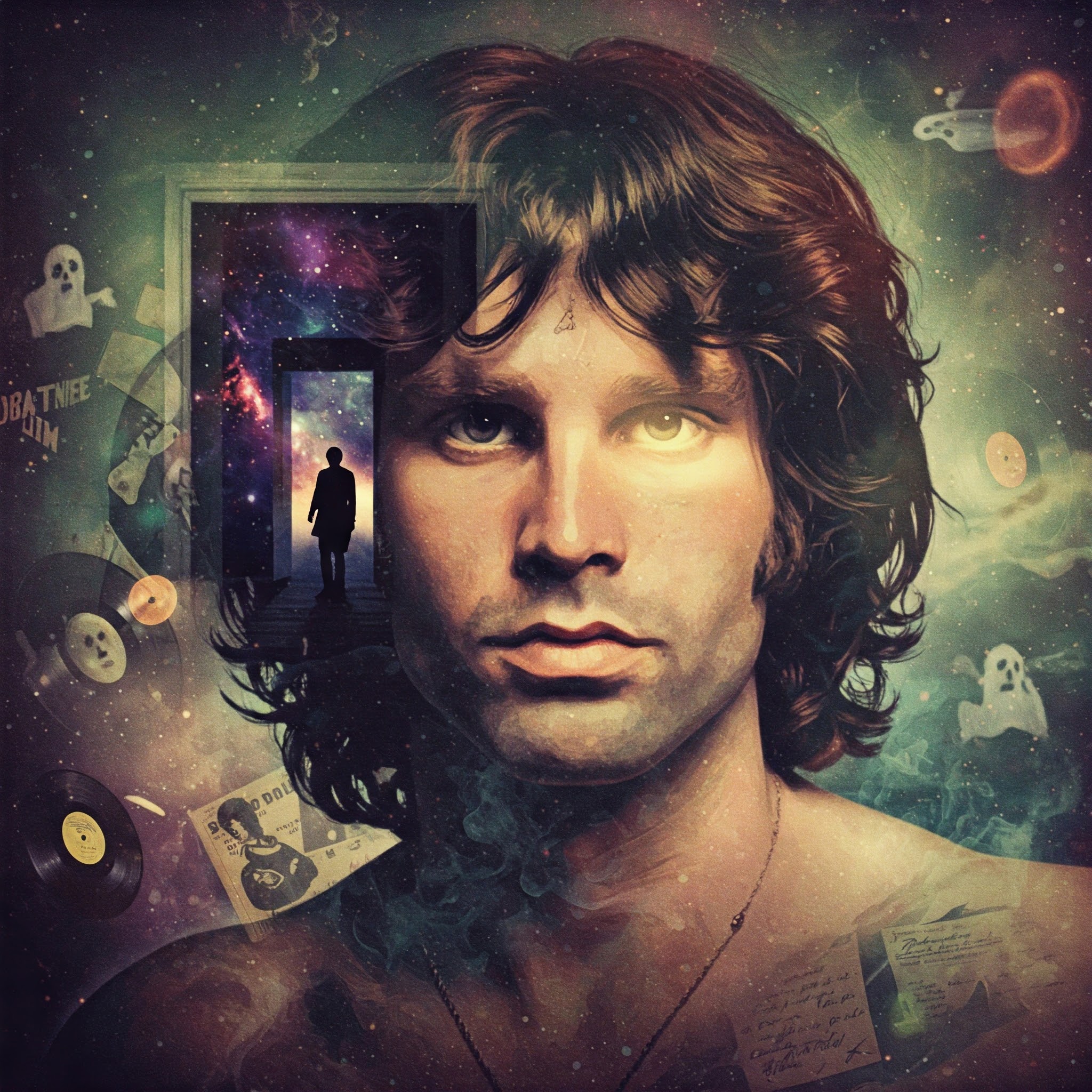
Few frontmen in rock history have embodied the spirit of rebellion, mysticism, and raw artistry quite like Jim Morrison.
Decades after his untimely death, Morrison’s influence still echoes through music, poetry, and pop culture.
Now, with the release of Strange Souls: The Doors Reimagined, fans are being invited to experience the band’s legendary sound from a fresh, visionary perspective.
Strange Souls is more than just a tribute or a remix—it’s a daring reinterpretation of The Doors’ iconic catalog through the lens of Morrison’s surrealistic poetry and experimental soundscapes.
Think less greatest hits, more metaphysical journey. It’s a project that dares to step into the liminal space between the known and the imagined, the heard and the felt.
The concept behind Strange Souls began as a passion project from a group of producers, poets, and musicians who saw Morrison not just as a rock singer, but as a shamanic storyteller.
Drawing from archival recordings, alternate takes, and unreleased snippets, they reconstructed the songs with a more ambient, theatrical feel—closer to spoken word odysseys than traditional rock tracks.
Tracks like “Riders on the Storm” are now layered with rainfall that builds into thunderous crescendos, while Morrison’s vocals drift in and out like a ghostly narrator.
“The End” is even more haunting, with minimalist piano and eerie echoes that turn the song into an epic meditation on death and desire.
The familiar becomes unfamiliar—and that’s the point.
What makes Strange Souls so compelling is its commitment to the mythic Morrison—the one who saw himself as the Lizard King, the Dionysian poet, the rebel prophet. His original lyrics are treated not just as songs, but as sacred texts.
In this reimagining, every line feels like a spell, every pause a breath between worlds.
The visual component of the project is equally arresting.
Accompanying the release is a short film montage that uses vintage footage, surreal animation, and abstract imagery to bring Morrison’s visions to life.
It’s a psychedelic dreamscape that pays homage to the 1960s while feeling oddly timeless.
Not everyone will embrace Strange Souls—and that’s exactly how Morrison would’ve liked it. He never sought mainstream comfort.
He thrived in the margins, the contradictions, the chaos.
This project doesn’t sanitize or simplify; it complicates, provokes, and dares the listener to think beyond the radio-friendly Doors they thought they knew.
Longtime fans may find themselves torn—between nostalgia for the original recordings and awe at this atmospheric reinterpretation. But that’s part of the magic.
Strange Souls isn’t trying to replace The Doors’ legacy.
It’s adding another layer to it, like a hidden track suddenly unearthed from the vault of dreams.
The production team behind the project includes Morrison historians, audio engineers, and contemporary poets who collaborated to ensure authenticity and reverence.
Their goal was to honor Morrison’s essence without becoming overly precious.
“We wanted to make something Jim would recognize—and maybe even smile at,” one producer noted.
In a time when much of the music world feels algorithmic and overproduced, Strange Souls is refreshingly raw and unapologetically weird.
It reminds us that music can still be dangerous, poetic, and deeply personal.
For new listeners, this might be a strange entry point into The Doors—but perhaps an ideal one.
For longtime devotees, it’s an invitation to revisit Morrison’s world with new eyes and ears.
Either way, Strange Souls succeeds in one critical way: it makes us feel like Jim Morrison is still whispering through the static.
Because as long as the mystery remains, so does the magic.